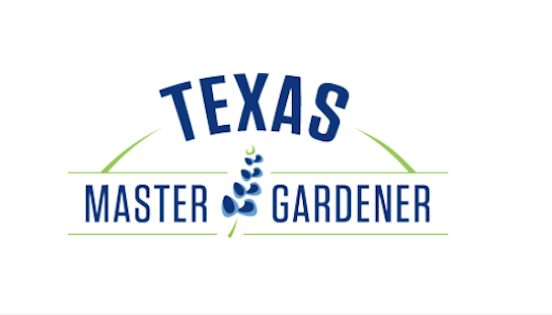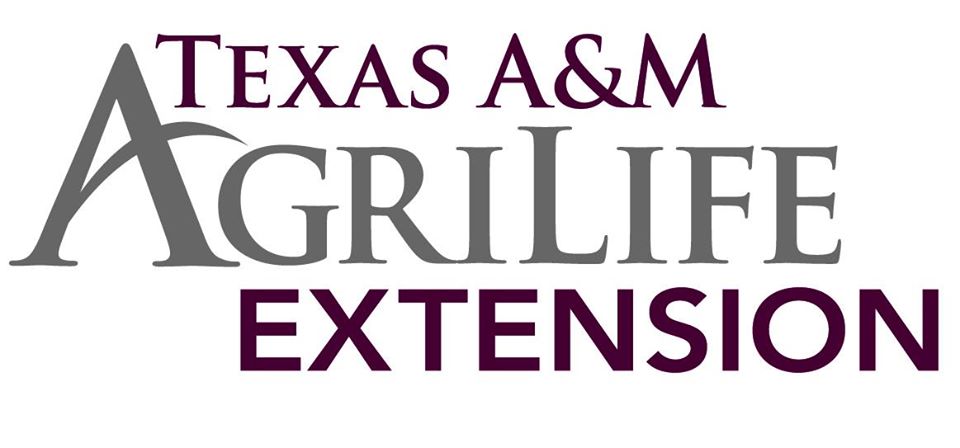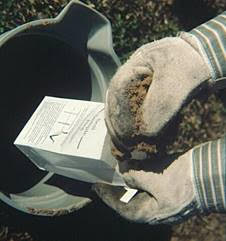
By Gere Camper, Hopkins County Master Gardener
It is time to prepare the soil for this year’s garden. A soil test is inexpensive, easy to do, and has many benefits. The first benefit is to maximize the garden’s production. It will tell you how much of the primary plant nutrients, Nitrogen (N), Phosphorous (P), and Potassium (K) that need to be added. It will also tell you the status of other important nutrients such as Carbon, Sulfur, and Magnesium as well as other important trace minerals. Finally it will tell you how much organic matter is available and the pH or acidity of the soil. The soil test kits are available at the AgriLife Extension Office and include simple instructions for pulling the sample and an envelope to submit the sample.
While you wait for the results of the soil test you can clean up the waste from last year’s garden. Any waste from diseased plants should be burned or put into the garbage for pick up. Waste from healthy plants can be chopped into smaller pieces and added to the compost pile. The garden plot should be raked clean and smooth and covered with a 2” to 4” layer of mulch. Compost, shredded leaves, or shredded native wood chips are excellent for this. This mulch layer will protect the soil from rain and wind erosion, retain moisture, attract beneficial insects, beak down into valuable organic matter, and help warm the soil for faster seed germination.
When this is complete or when the weather is too bad to be working in the garden, you can plan the layout of the garden. It is important to rotate your crops so that you are not always growing them in the same spots. This crop rotation will prevent harmful insects and disease vectors such fungus and harmful bacteria from preying on the same species of plants year after year. If space permits leave some areas in the garden for cover crops. Legumes are a good cover crop. These will take nitrogen from the air and fix it in the soil. Common examples are alfalfa, red clover, vetch or cowpeas. Rotate these to different areas and they will greatly improve your soil over the years.
When you get your soil test results, it will have recommendations of nutrients to add. It will recommend a certain number of pounds of Nitrogen, Phosphorous, and Potassium per 100 square feet. These will correspond to the three numbers on bags of fertilizer such as 30-10-20. That would be 30% Nitrogen (N), 10% Phosphorous (P) and 20% Potassium (K) or 15 pounds of nitrogen, 5 pounds of phosphorous, and 10 pounds of potassium in a 50 pound bag. This will let you determine what fertilizer to buy and how much you will need, follow these closely. Too much can be worse than not enough. The soil test will also tell you if you need to add lime to raise the soil pH or sulfur to lower the soil pH and how much of either to add.
The mulch cover should be raked back and the amendments spread evenly over the gardens surface. The soil surface should be lightly tilled or broken up with a hoe to incorporate the nutrients into the first few inches of the soil. Then the mulch should be raked back over the surface. You now have a well prepared bed for your summer garden crops to call home.







